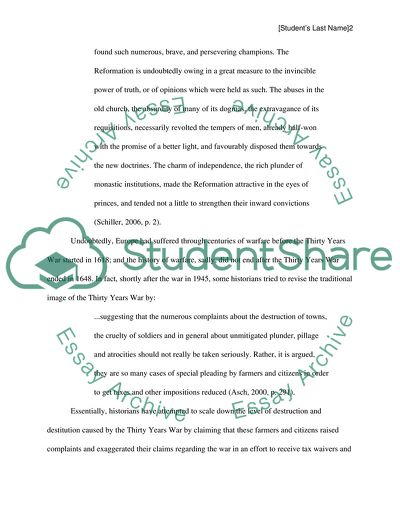Cite this document
(Does the Thirty Years War Mark an Important Watershed in European Warf Essay, n.d.)
Does the Thirty Years War Mark an Important Watershed in European Warf Essay. https://studentshare.org/history/1711129-does-the-thirtyyear-war-mark-an-inportant-watershed-in-european-warfare
Does the Thirty Years War Mark an Important Watershed in European Warf Essay. https://studentshare.org/history/1711129-does-the-thirtyyear-war-mark-an-inportant-watershed-in-european-warfare
(Does the Thirty Years War Mark an Important Watershed in European Warf Essay)
Does the Thirty Years War Mark an Important Watershed in European Warf Essay. https://studentshare.org/history/1711129-does-the-thirtyyear-war-mark-an-inportant-watershed-in-european-warfare.
Does the Thirty Years War Mark an Important Watershed in European Warf Essay. https://studentshare.org/history/1711129-does-the-thirtyyear-war-mark-an-inportant-watershed-in-european-warfare.
“Does the Thirty Years War Mark an Important Watershed in European Warf Essay”. https://studentshare.org/history/1711129-does-the-thirtyyear-war-mark-an-inportant-watershed-in-european-warfare.


